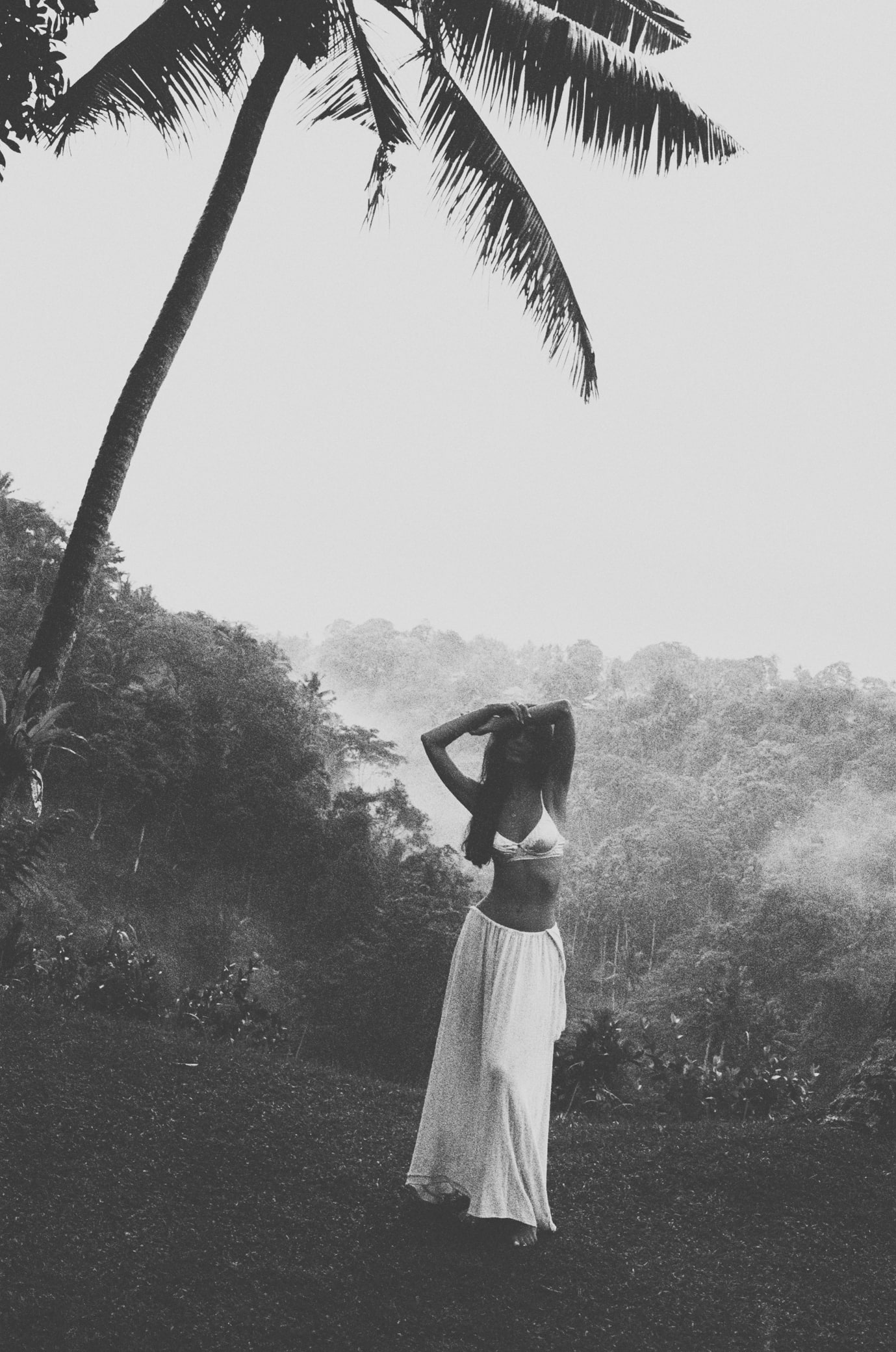Why does everything always look the same?
So many of us are guilty of it. You want to promote your business, because you believe it’s amazing, but your graphic design skills are lacking. They aren’t at the same level as your personal taste. With a quick glance on Creative Market, you spot your ideal social media aesthetic, and – OMG – it’s only $14.
Why not bootstrap and promote your brand for less using styles that you love and already see all over the internet? No one is blaming you. It seems the only logical choice is to jump on the bandwagon of amazing, nearly-free design and start hustling your new business.
But recycled design isn’t environmentally friendly.
Using design trends may feel like a shortcut, but it’s not a long-term solution for your brand as a whole. You’ll sink in the sea of same and end up watering down your impact.
Today I want to chat about the purpose of original brand storytelling and creating design that helps you get out of the sea of same design trends. Because, yeah, it’s not cheap to brand your business and every investment needs to have a clear purpose, especially when you’re starting out.
Before you panic purchase a branding package, let’s dive into what it needs to do in order to be a success.
Keeping the Ocean Blue
You may or may not have heard of the concept of Blue Ocean Strategy.
It’s the idea that a brand should relentlessly pursue being different in order to succeed in an oversaturated market. You must systematically create the blue, or unexplored, ocean – full of endless opportunities for you to connect with your audience in new and exciting ways.
Old marketing strategies were considered “Red Ocean” tactics – beating down the competition by continuing to lower prices, fight for contracts, and belittle industry peers. This leaves a lot of dead stagnant water, and in the end nobody wins.
In a Blue Ocean, you’re charting a new path, going out into the wild, and exploring new worlds. This is value-based pricing, story-driven marketing, and solutions-oriented product development. Basically, this is what you want.
Why Design Matters
We want our oceans peacefully blue, but how do we get there?
It all boils down to storytelling.
Brand design is about connecting your message with your audience in a way that makes them stop and listen. Every single effort can be boiled down to communication. But storytelling is a form of communication that leaves both breadcrumbs and a bit of magic in its wake.
Design trends can be amazing data points to determine what kind of style grabs your audience’s attention best. Remember when Kinfolk Magazine first hit the market? We were stunned by the indulgent white space and lack of ads. Publications raced to replicate this new magazine concept and capitalize on the minimalism trend. Many of them failed.
But for those brands that took a step back to analyze what a publication like Kinfolk meant to a market saw that instead of saying “just add white space,” what the market really wanted was a lack of unnecessary noise. We wanted products with substance, design that felt intentional. We wanted high-quality essentials to calm our over-stimulated and busy lives.
Take Action: Look into the Sea of Same
As you’re gathering inspiration for your new brand, ask these questions.
- Why am I inspired by this logo/ layout/ color palette/ font? What does it seem to communicate?
- Why is this trend so appealing to me, and how might my audience also feel drawn to it?
- Which adjectives come to mind when I see this trend that help me talk about my business in an easier way?
Turning Trends into Terms
Once you’ve gathered inspiration and spent some time reflecting on it, you should have a list of adjectives and phrases that describe why it feels so appealing. Those terms are the guide post in starting to build your own style.
Take Action: Analyzing Your Inspiration
For instance, say you sell home goods and textiles, and as you’re purchasing items for your online shop, everything you pin from your competitors has this cool retro 70s feeling to it. And then you start pinning logos with tapered typography, muted dusty color palettes, and groovy organic lines.
Instead of immediately adopting the trend, dig a little deeper than what you see on the surface. A draw towards the bohemian might tell us a few things:
- Your audience might crave self-expression and freedom that is key to this design movement. Maybe you develop a series featuring local artists and interview them about their process?
- Maybe it’s the warmth of the color palette that makes the product feel more approachable. How can you add empathy to your brand messaging that makes your client feel more at home?
- What if your customer feels stuck working from home, like their safe haven is just another corporate work trap during the pandemic. Maybe they’re longing for the vagabond lifestyle. Could you come up with some items in your shop that recreates a mini-rebellion from home? Maybe some posters with irreverent quotes or planters to turn a sad porch into a sun-soaked jungle escape?
Just changing a color palette and adding a few design styles would have only scratched the surface of the potential to really connect with your customer. Sure they may double tap on your groovy graphics, but would they purchase your products with the same burst of inspiration?
When we see these trends as a way to better understand our audience and dig just a little deeper to find the real story, we embark on a journey that takes us into the deepest oceans of originality.
If you’re struggling to come up with what makes your brand unique and how to find meaning in your inspiration, we have a free resource to help you unpack the elements that make a brand unique. Download The Ultimate Brand Strategy Workbook and discover your unique voice and vision.




